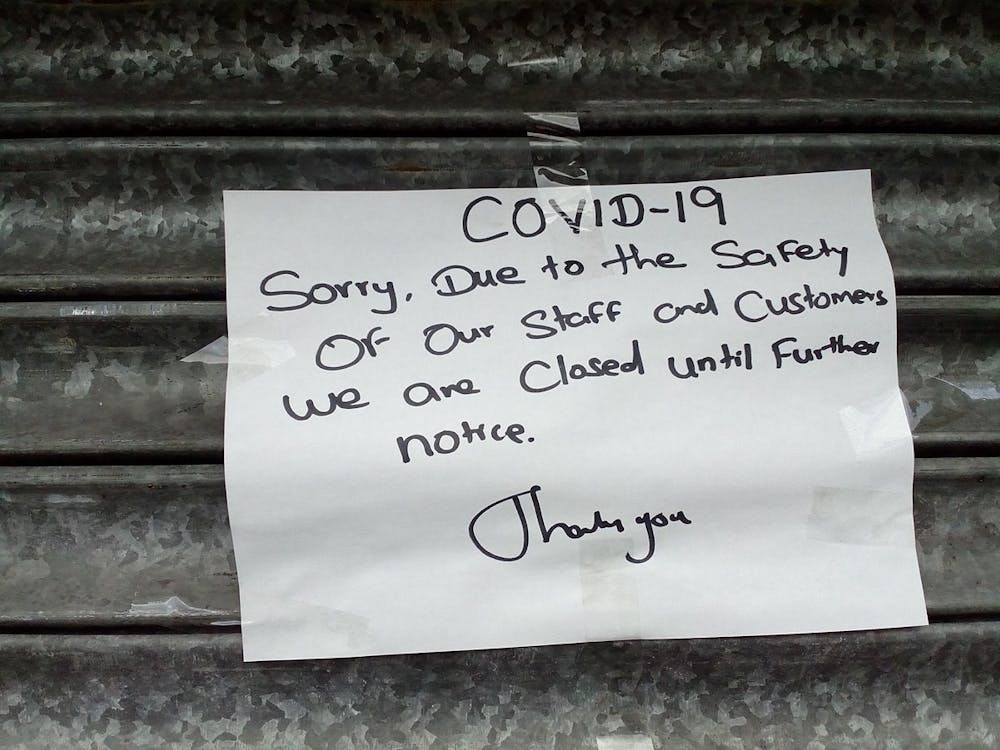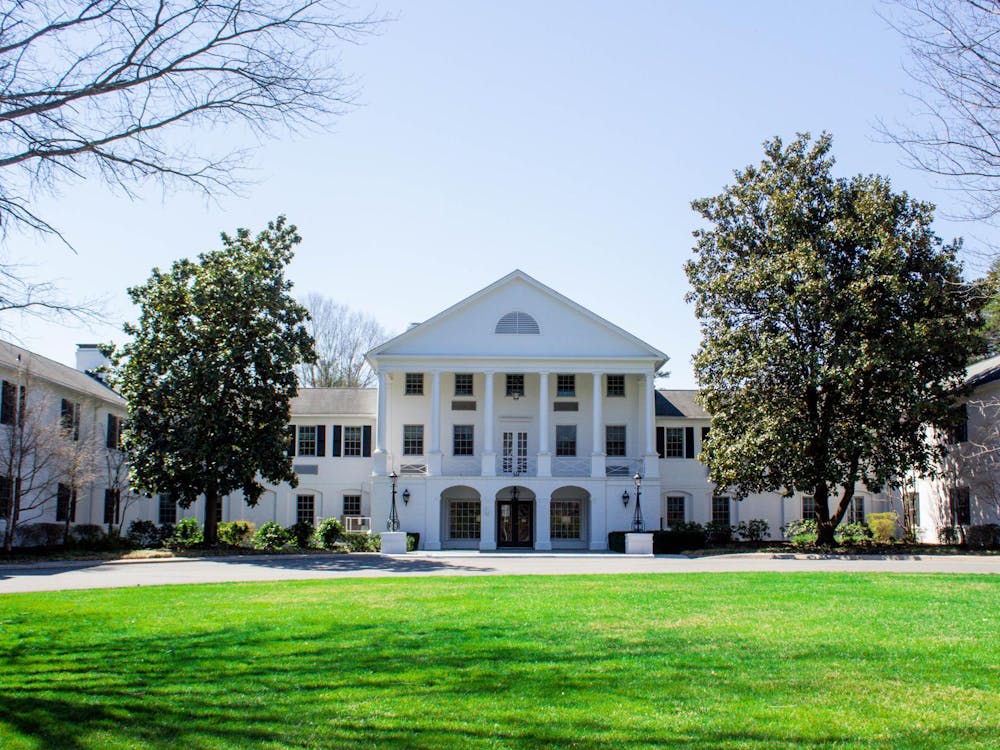Last month, President Donald Trump claimed that “large sections” of the workforce could possibly be “back to work” as early as Easter — a proposition that came across as inconceivable due to the coronavirus’s ferocious transmission rate — and expectedly sparked a barrage of criticism. Despite his recent recantation, the initial proposal in and of itself was not entirely without merit, and in fact is an important consideration. While it will indeed necessitate risky tradeoffs and may not be the most intuitive approach, there is a case to be made for restarting our economy — at least partially — to mitigate some of the harshest impacts of the virus.
If no action is taken other than continued self-isolation, the impending economic ramifications could quite literally lead to the most severe recession in history. The market crash that we witnessed in March was a steeper plummet than that of the infamous Great Depression. In addition, Morgan Stanley and Goldman Sachs analysts predict a GDP drop of up to 30 percent in the second quarter of this year. Coupled with record unemployment claims in March, our economic inactivity is towing a very dangerous line that may cause irreversible damage if crossed.
While the recent $2 trillion stimulus bill managed to alleviate some of the aforementioned figures, such unprecedented levels of federal spending are clearly unsustainable — especially if the pandemic’s timeline is in excess of eighteen months as many analysts speculate. Quantitative easing and demand-side economics will only go so far, at which point we will have to reinvigorate the core of our economy for life to continue.
Moreover, once the stimulus boost runs dry and as the unemployment rate continues to mount, personal savings will deplete. It may take weeks or perhaps months, but when this inevitability finally hits, it will be nearly impossible to keep a stranglehold on the American populace and continue our already tenuous system of social distancing. Individuals will weigh the societal benefits of self-isolation versus the personal benefits for their families that could be reaped by venturing outside — and as human history has often shown us, people will always prioritize the latter. Unlike India or China, we cannot enact martial law to force people to stay indoors — as such, total self-isolation is almost guaranteed to fail as soon as people can no longer provide for themselves.
Thus, while many may try to frame this as an argument of human life versus economic wellbeing, in truth these two ideals are inexorably linked. If we want to sustain social distancing in the long term, we must figure out how to balance our policy proposals such that we can breathe life into the economy while still protecting the most vulnerable individuals and communities among us.
This ultimately leads to the million-dollar question — what are the best tactics to employ in order to bring about this twin-headed strategy? As Vice President Mike Pence explained in a recent interview, this situation necessitates a data-driven approach. There are many counties in our vast nation — primarily in rural and suburban municipalities — that are almost entirely unaffected by the virus. By analyzing trends in testing data, we can determine which of these communities are the least vulnerable and gradually put them back to work — with at-risk individuals continuing their quarantines.
Naturally, this uptick in economic productivity will lead to increased taxable income, which will in turn provide the government with more funding to help those in need — such as perhaps additional stimulus. As our containment strategies hopefully start to bear fruit in affected districts, more people can then be methodically reintroduced as well, towards our ultimate objective of restoring the pre-pandemic economy. Moreover, as testing becomes more widespread, the understanding we glean from data and subsequent decisions will be more accurate and reliable.
The most pressing counterargument to this strategy is the very plausible scenario in which the number of cases spirals out of control and our healthcare system gets overwhelmed. This is a valid concern especially if the proposed measures are implemented bereft of tact, which is why they must be done at a local level — circumventing federal ineptitude. These adverse effects might also be mitigated by the benefits of burgeoning economic output, such as more efficient manufacturing of ventilators and medical equipment for the infected.
Additionally — as somber as it is to say — we must also consider the distinct possibility in which our containment strategy fails. The rate of new cases in our country has not exactly been slowing down, and in the unfortunate event that the curve never truly flattens, a robust, functioning economy will be better suited to deal with a catastrophe.
Every year in America, millions of car accidents occur and tens of thousands of people die as a result — but this perpetual risk does not stop people from driving. We as a society take many actions that put lives at risk in the name of economic growth — since without a functioning economy, life itself cannot flourish. This same principle applies to our dealings with the ongoing pandemic. While the lives of the vulnerable will always have paramount importance, inaction is not necessarily the best course of action. It is vital that we have meaningful dialogues about the tradeoffs of gradually restarting the economy in order to determine the best solution.
Milan Bharadwaj is an Opinion Columnist for The Cavalier Daily. He can be reached at opinion@cavalierdaily.com.
The opinions expressed in this column are not necessarily those of The Cavalier Daily. Columns represent the views of the authors alone.







